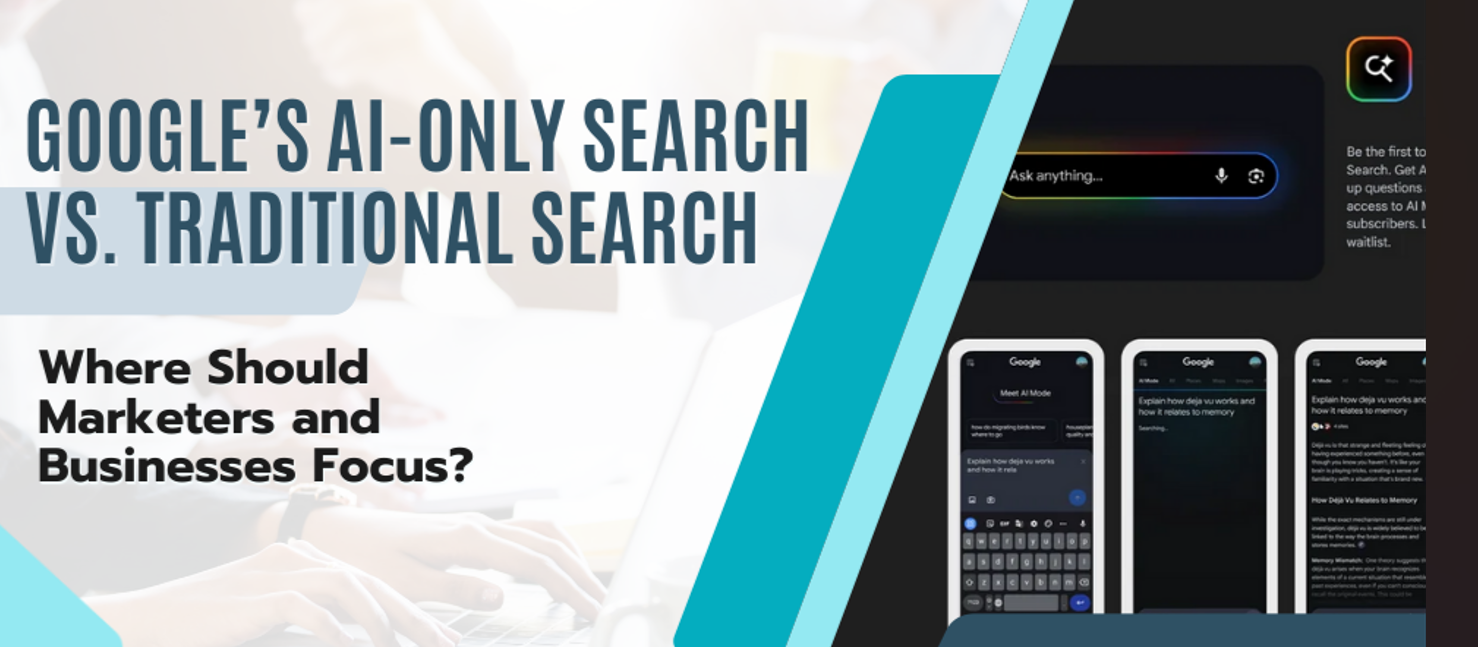Building a website that works well for both people and search engines can be a challenging task. If your site uses JavaScript, you must pay extra attention to how search engines perceive your content. Many businesses overlook this, and it can negatively impact their online visibility.
Knowing the basics of JavaScript SEO will help you reach more people and make the most of your SEO services, performance marketing, and PPC services. Let’s break it down in simple words.
What is JavaScript SEO?
JavaScript SEO refers to ensuring that search engines can read and index content loaded with JavaScript.
Many modern websites use JavaScript to load parts of their pages. This is great for users because it makes the site more interactive. But search engines sometimes struggle to see what’s on the page if the content loads only through JavaScript.
Why Does It Matter?
If search engines can’t read your content, they can’t rank it. Even if you have fantastic content, it won’t show up in search results. This can affect your brand positioning and make your performance marketing and PPC services less effective.
Common Problems with JavaScript SEO
Here are some issues you might face if you don’t handle JavaScript right:
- Content not loading for search engines
- Some content loads only after the page is opened. Bots might miss this.
- Slow page speed
- Too much JavaScript can make your pages slow, which hurts SEO.
- Broken links
- If your site relies on JavaScript to generate links, search engines and bots may struggle to find them.
- Duplicate pages
- A poorly configured JavaScript setup can result in multiple versions of the same page.
How to Make JavaScript SEO-Friendly
The good news is, you can fix these problems with a few smart steps.
1. Use Server-Side Rendering (SSR)
With SSR, your server loads the whole page before sending it to the user’s browser. Search engines receive a complete page and don’t need to run extra scripts to view the content.
2. Try Dynamic Rendering
Dynamic rendering means you display a simple, static version of your page to bots. At the same time, real users receive the interactive version. This keeps everyone happy.
3. Keep Page Speed Fast
- Minimise the size of your JavaScript files.
- Use tools to compress images and code.
- Load scripts only when needed.
A faster site is beneficial for both visitors and SEO.
4. Test Your Pages
Use tools like Google Search Console to see if Google can see your content. Check:
- How your pages appear to Googlebot.
- If any resources are blocked.
- If there are mobile issues.
Best Practices for Content
When it comes to JavaScript SEO, a few simple habits go a long way:
- Make important content visible without JavaScript
- Try to include key text and links in your HTML.
- Use clean URLs
- Keep URLs readable and straightforward.
- Add meta tags and structured data
- This helps search engines better understand your pages.
- Choose frameworks wisely
- If you use frameworks like React or Angular, make sure they are set up for SEO.
How It Helps Your Business
Getting JavaScript SEO right does more than improve rankings. It helps your whole digital strategy.
- Boosts brand positioning
- When your pages rank well, people trust your brand more.
- Makes performance marketing more effective
- Good SEO lowers the cost of ads because your organic traffic grows.
- Supports your PPC services
- A healthy, crawlable site enhances landing page quality, which can lead to improved ad scores.
- Better user experience
- A fast, well-structured site keeps people around longer.
The way websites are built continues to evolve. JavaScript offers numerous creative options, but don’t forget about SEO.
When you understand the basics of JavaScript SEO, you protect your investment in SEO services, performance marketing, and PPC services. You reach more people and make your website work for you 24/7.
Keep your site simple, test it often, and stay updated on best practices. With these steps, your business will be well-prepared to shine online, and your SEO efforts will stay ahead.



